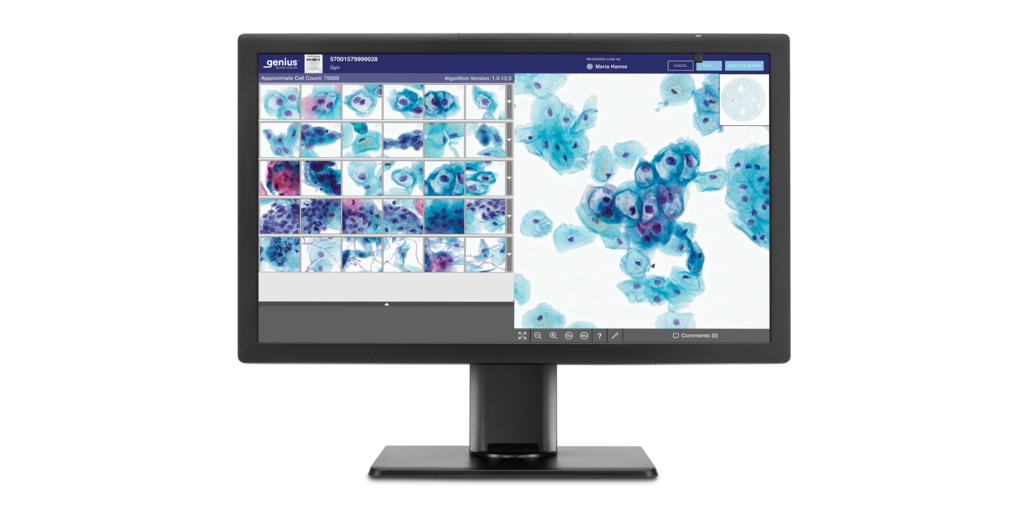According to a new study published in the journal, Circulation: Cardiovascular Quality and Outcomes, patients who receive a shock from an implantable cardioverter defibrillator (ICD) could require further medical attention for cardiac issues. The researchers found that this was true regardless of whether the shock was medically necessary, calling into question the safety of some of these devices.
When ICDs detect an abnormal heart rhythm, they deliver a small shock to the muscle in order to mitigate the risk of sudden cardiac death. However, ICDs can mistake normal changes in heart rhythm with a ventricular arrhythmia, administering inappropriate shocks that could be damaging.
“ICDs cannot assess patients the way a doctor can,” Dr. Mintu Turakhia, Cardiac electrophysiologist and senior director of research and innovation at the Center for Digital Health at Stanford University in California, told Medical News Today. “The device doesn’t know, for instance, if the patient is unconscious or has a pulse. We wanted to see what happens after a shock, in terms of care and cost, to help define the potential benefit of smarter ways to program these devices.”
Between 2008 and 2010, the study authors compared data collected from the ICD medical devices implanted in 10,266 patients with their healthcare records. A total of 963 patients experienced 1,885 shocks during the study period, with 38 percent of those shocks determined to be administered inappropriately.
The researchers also found that 46 percent of those patients who received a shock required additional healthcare following the event. After both appropriate and inappropriate shocks, patients were often treated using invasive cardiovascular procedures, including cardiac catheterization and electrophysiology.
About 33 percent of patients who received a shock were treated in the emergency room or outpatient care, while one in seven patients were admitted to the hospital for further treatment and observation. The average cost of these healthcare procedures following an appropriate shock was $5,592, while healthcare following an inappropriate shock cost $4,470.
“Obviously, shocks that save people’s lives are a good thing, but they are also very painful, can be traumatic and often lead to more healthcare procedures and expenses,” said Turakhia. “This is why strategies to make these ICDs more selective so that they deliver fewer inappropriate shocks is especially important. Fortunately, the industry has made many advancements in this area.”
Newer-model ICDs have improved programming meant to reduce the number of inappropriate shocks. According to Turakhia, clinicians can chose to program newer medical devices to offer delayed shocks after the ICD has detected an arrhythmia, to allow the heart some time to correct itself.
“From this study, we cannot tell whether any patient received appropriate or inappropriate care – only whether they received an appropriate shock or not,” said Turakhia. “We can say, however, that the costs associated with both kinds of shock are substantial and that optimal device programming that reduce shock events are likely to decrease healthcare costs and improve patient health.”












Join or login to leave a comment
JOIN LOGIN